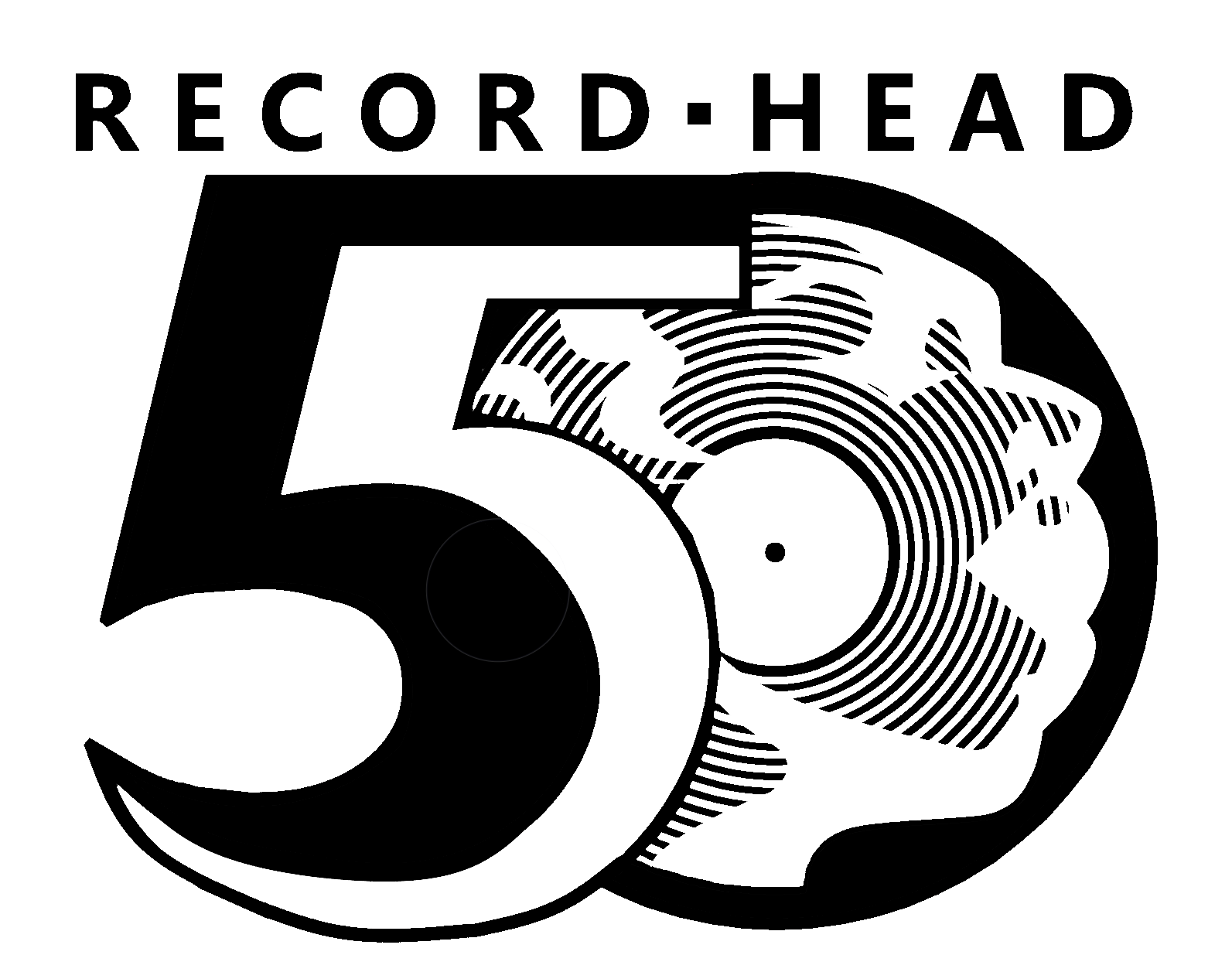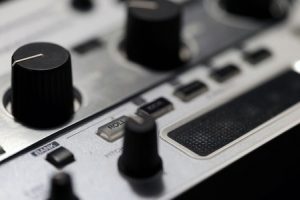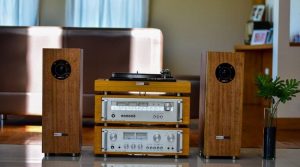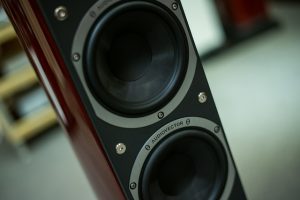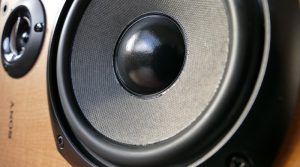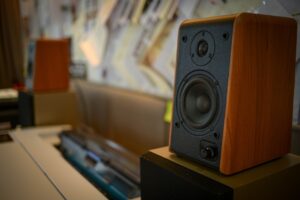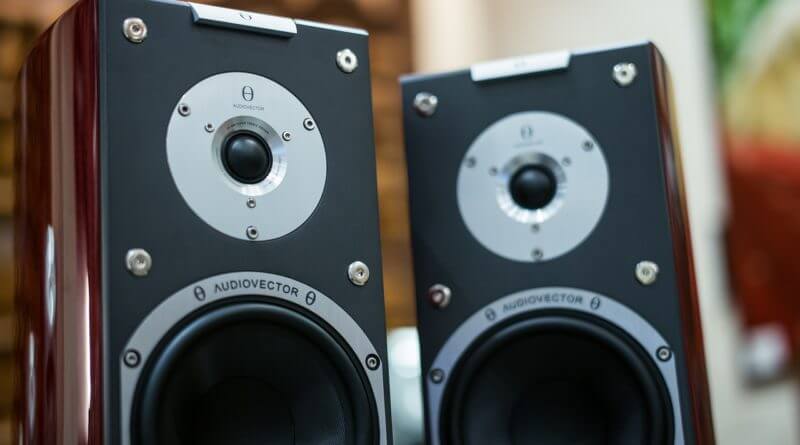
So you need a new set of speakers. Maybe your old ones blew out or you just want an upgrade to higher audio fidelity. But what do you look for when buying a speaker?
Obviously, there are a lot of things to take into account. This can come down to what you plan to use them for, how you personally perceive sound (everyone’s different) and even brand loyalty. But if you’re really serious about your speakers and want advice, we’re here to help!
And we won’t just tell you that the ones with the strongest bass response are the best. Follow this guide on what to listen for when choosing speakers.
1. Clarity and Detail
The first thing you should listen for in speakers is clarity. It sounds simple, but it’s easier said than done.
To do this, play a song or an album you’re familiar with. Make sure everything sounds cohesive, without any parts standing out or being disjointed. The music should have its individual instruments feel balanced, with clear vocals, a strong but not overpowering bass and fine highs. It should sound natural without feeling ill-defined.
Another way to measure balance and clarity is by listening to music that is primarily acoustic. The reason for this is because you have almost certainly heard acoustic instruments and vocals in-person, and have a better point of reference when listening to similar music on speakers. If the vocals and instruments sound like they do in real life, that speaker is providing clear sound.
2. Depth of Sound
You want to listen for bass next — not for how loud it can be, but rather how well the speaker conveys its depth.
The bass should sound very clean and crisp as individual notes. If the bass sounds like one repeating note that thuds along, that’s no good. If you want a good way to measure depth, find a song that uses an upright bass playing a walking bassline, like in jazz songs. These basslines alternate notes on every strum, and because they’re acoustic, they give a true-to-life sound. If you can hear each of these individual notes, that’s a good speaker.
3. Range
Next, you’ll want to listen to the dynamic range of the speaker. At its most basic, it’s a contrast between quiet and loud, but it provides context to music or movies.
The speaker should be able to make musical or cinematic peaks and troughs clear without blowing out the speaker or rendering the quiet parts inaudible. Is the contrast between the loud and soft parts very sharp or is the difference hard to hear? A good speaker will make ebbs in sound feel delicate.
4. Imaging
Listen for the speaker to render a vast sound field around you. Does it sound like it’s projecting sound from all directions? This is the speaker’s ability to “image,” or create a soundstage.
If the speaker convinced you that the sound is coming from 360 degrees around you, then it did a good job of imaging.
Contact the Sound Experts at Record Head
If you want to know more about how to evaluate and compare speakers, come talk to the experts at Record Head Buy Sell Trade. We have experience with all sorts of speakers, whether for use in home theater systems or live music venues.
If you need a new speaker system or you just want to get a second opinion about a speaker, give us a call at 414-453-3900, contact us online or visit our store at 7045 W. Greenfield Ave., West Allis, Wisconsin.
